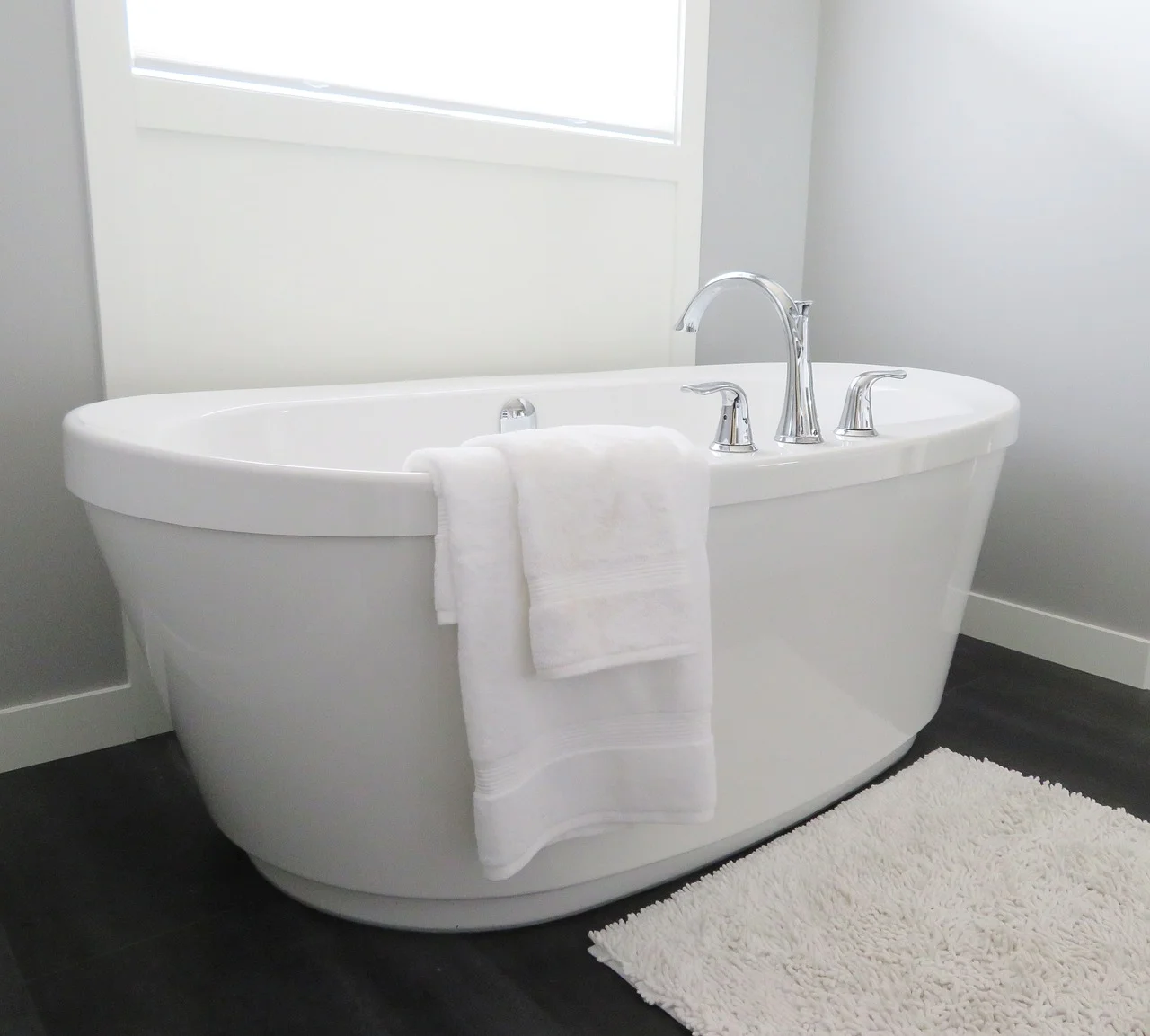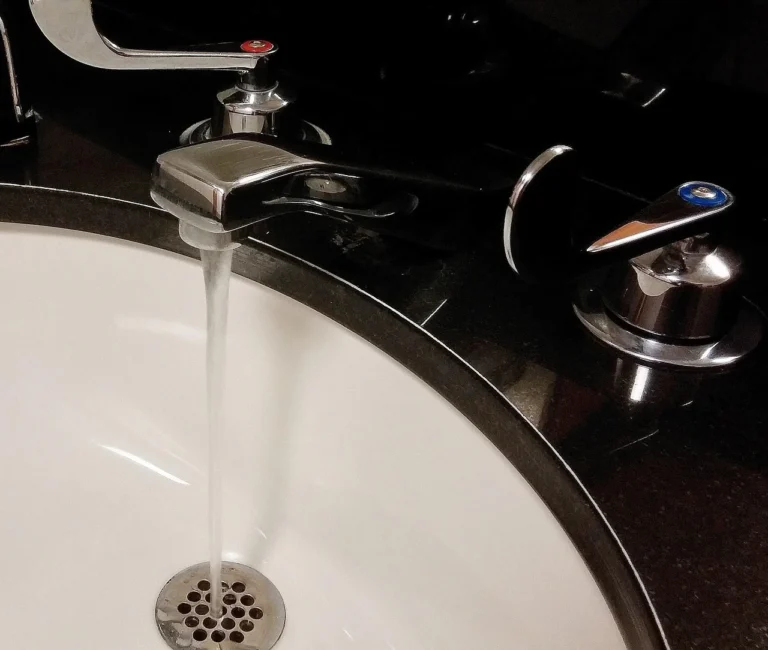
Picture this: you’re relaxing in a nice hot bath after a long day, and suddenly, you notice it, drip, drip, drip. The sound of water coming from your bathtub faucet is enough to drive anyone crazy. The thing is, I’ve been there, and it’s not just annoying; it’s costing you money. Water bills can add up fast when your faucet is leaking. But before you call in the pros, let me walk you through how you can easily fix your bathtub faucet at home. Don’t worry, no plumbing experience required!
In this article, I’ll break down how to repair a bathtub faucet step by step, covering everything from turning off the water supply to replacing faucet parts. If you’ve been putting off this repair, now is the time to get your hands dirty and save some cash. Trust me, it’s easier than you think. So, let’s get started!
Understanding Your Bathtub Faucet: Types and Common Issues
Before diving into the repair process, you need to understand what kind of faucet you’re working with. Bathtub faucets can come in a few different styles, such as:
- Compression Faucets: These are the older-style faucets where you turn a knob to control the flow of water. They often have washers inside that wear out and cause leaks.
- Cartridge Faucets: A bit more modern, these faucets use a cartridge mechanism to regulate water flow. When they fail, they typically need a new cartridge.
- Ball Faucets: These are common in newer tubs. The ball assembly controls the temperature and flow of water. If you have a leaky ball faucet, you’ll likely need to replace the seals or the entire ball mechanism.
- Ceramic Disc Faucets: These are the most durable and modern type, using ceramic discs to control water flow. If they leak, it’s usually the result of worn-out seals.
I remember when I first had to fix a leaking faucet in my own tub. I had no idea which kind I was dealing with, so I took a guess based on the look of the handle. That’s when I realized understanding your faucet type is crucial to choosing the right repair parts and tools.
Turning Off the Water Supply
First things first, turn off the water supply! I know, it sounds like a no-brainer, but trust me, I’ve had a couple of near-water-disaster moments before I learned to be careful. You don’t want to fix a faucet and have water pouring everywhere. The shutoff valves for the bathtub are usually located near the faucet, under the sink, or behind a panel on the wall. If you’re struggling to find them, don’t hesitate to check your water meter and make sure it’s completely off.
Once the water’s off, make sure the faucet is in the “off” position, and if you’re dealing with a single-handle faucet, make sure the lever is pointing to the middle or “off” position as well. This will prevent any water from coming out while you’re working.
Removing the Handle and Faucet Cover
Now, it’s time to start disassembling. Depending on the type of faucet, you might need to remove a decorative cover or the handle itself. For most faucets, this can be done using a simple screwdriver. If you’ve never tackled a faucet repair, I recommend keeping a small container nearby to keep all the screws and parts organized. Believe me, you’ll thank yourself later when you don’t have to search for that one tiny screw under the sink.
For handles that are secured with a screw, you’ll need to pry off any covers to access it. Once you unscrew the handle, you should be able to remove it from the faucet. If your faucet is a bit old, this might take some gentle wiggling to loosen it.
Inspecting the Problem
Once you’ve got the faucet open, it’s time to investigate what’s causing the leak. As I mentioned earlier, different faucets have different issues, but most of the time, it’s the washer or cartridge that’s worn out. For compression faucets, you’ll likely need to replace the rubber washer at the base of the valve. If it’s a cartridge faucet, the cartridge itself may be the problem.
Check for any visible signs of wear or corrosion. I once worked on a faucet where the cartridge was so corroded that it looked like it had been through a battle with water pressure. It was clear that it needed replacing. If you’re unsure, take a picture of the parts or write down what you see, and you can bring it to your local hardware store for a match.
Replacing the Damaged Part
Here comes the real magic. Whether it’s a washer, cartridge, or valve stem, it’s time to replace the damaged part. I’ve learned that taking a part to the store to match it with a new one is the best move. Most hardware stores have friendly staff who can help you find the exact replacement.
For compression faucets, replacing the washer is relatively simple, just unscrew the valve stem, remove the old washer, and replace it with a new one. Be sure to check that the new washer fits snugly and is properly aligned. For cartridge faucets, you’ll want to remove the old cartridge (which might require a special tool) and insert the new one, making sure it’s seated correctly.
Reassembling the Faucet
Once you’ve replaced the damaged part, it’s time to put everything back together. This is where I tend to take my time, reassembling the faucet properly is key to ensuring there are no leaks later. Carefully replace all parts, including any washers or seals, and make sure everything is aligned as it was before. Tighten the screws and handles just enough, don’t overdo it, as that could damage the parts.
Testing the Faucet
With everything back in place, it’s time to turn the water supply back on. Slowly open the faucet and check for any leaks. You’ll want to run both the hot and cold water to make sure everything is functioning correctly. I remember testing mine for the first time after replacing a cartridge, holding my breath as the water flowed. When I didn’t hear a drip, I knew I was in the clear!
If you still notice a leak, it might be worth checking the parts again. Sometimes, a part doesn’t sit properly, or you might have missed something during reassembly.
When to Call a Professional
While most bathtub faucet repairs are simple enough for a DIYer, there are times when it’s best to call in a professional. If you’ve replaced the parts and still hear dripping or if the faucet just isn’t working properly, it could be a sign of a deeper issue. In my own experience, I’ve found that some plumbing problems are best left to a pro, especially if they require more complex tools or involve issues with the pipes themselves.
Conclusion: Save Money and Enjoy a Drip-Free Bath
Repairing a bathtub faucet isn’t as daunting as it might seem. With the right tools, a bit of patience, and a clear step-by-step approach, you can fix that annoying leak and save yourself from high repair costs. Plus, there’s something really satisfying about fixing something yourself, trust me, I felt pretty proud after fixing my own faucet. So, the next time your bathtub faucet starts dripping, grab a screwdriver, shut off the water, and get to work. You’ll be surprised at how easy it is!







